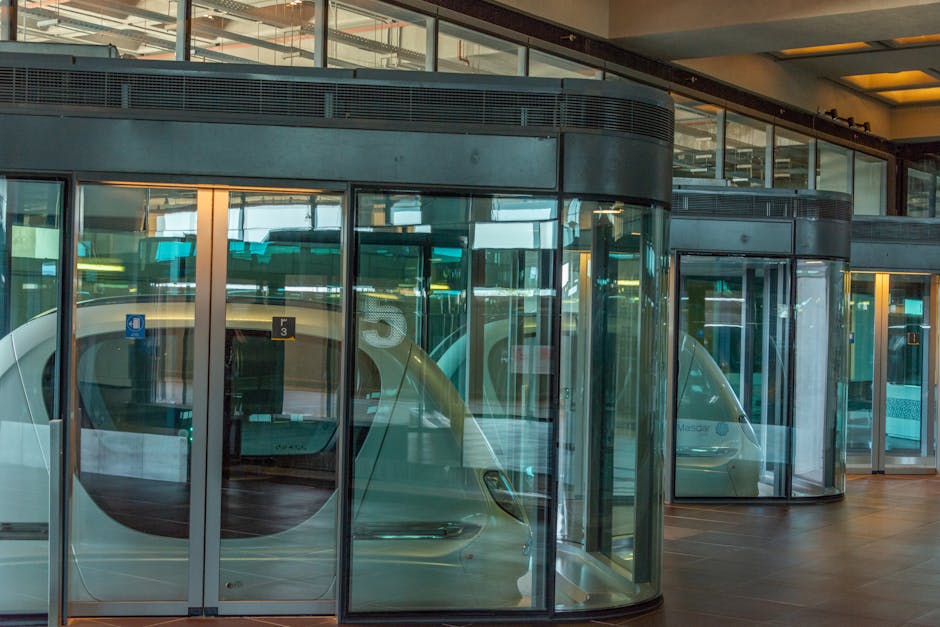In the evolving world of flex spaces, the question arises: can automatic door access truly lift productivity and streamline operations? Discover the transformative potential of integrating technology into everyday workflows.
Introduction to Automatic Door Access in Flex Spaces
Flex spaces, characterized by their versatility and adaptability, are becoming increasingly popular. Within this context, automatic door access systems offer a solution that marries security with convenience, allowing for a smoother flow of people.
Understanding the operation and benefits of automatic door access within these innovative environments reveals the potential for not only enhanced security but also a more personalized and user-friendly experience.
How Automatic Door Access Enhances Security
The primary feature of automatic door access systems is their ability to improve security. By employing technologies such as keycards, biometrics, or mobile access, facilities can ensure that only authorized individuals gain entry.
Automatic door access systems can be integrated with wider security operations, offering real-time monitoring and the ability to swiftly lock down areas in case of a security breach, thus significantly mitigating risk.
The customizability of access rights based on time, area, and individual roles further tightens security measures, making it a robust solution for flex spaces.
The Impact of Automatic Door Access on Efficiency and Flexibility
One of the standout benefits of automatic door access is the boost in efficiency it provides. By facilitating quick and controlled entry and exit, it significantly reduces bottlenecks and allows for fluid movement throughout the space.
Integration of Automatic Door Access with Other Technologies
Automatic door access doesn’t operate in isolation. When integrated with other smart technologies, such as environmental controls or lighting systems, it not only enhances security but also energy efficiency and user comfort.
The synergy between door access systems and IoT devices opens up possibilities for expansive data collection. This data can be leveraged to fine-tune operations, tailor services to user preferences, and predict maintenance needs.
Case Studies: Success Stories of Automatic Door Access in Flex Spaces
Several flex spaces have reported significant operational improvements after implementing automatic door access systems. One notable example is a co-working space that saw enhanced security and user satisfaction.
Another case study involves a multi-use facility that integrated automatic door access with environmental controls, resulting in energy savings and a more personalized experience for its users.
Conclusion: Leveraging Automatic Door Access for Better Operations
The integration of automatic door access systems into flex spaces demonstrably enhances security, efficiency, and user satisfaction. It stands as a testament to the importance of adopting smart technologies in modern work environments.
The Future of Flex Spaces: Embracing Automatic Door Access
In the competitive landscape of flex spaces, equipping your facility with automatic door access technology is not just a luxury but a benchmark for efficiency, security, and user satisfaction. Embracing this innovation can be the key differentiator in providing a seamless, safe, and flexible experience for all users.

